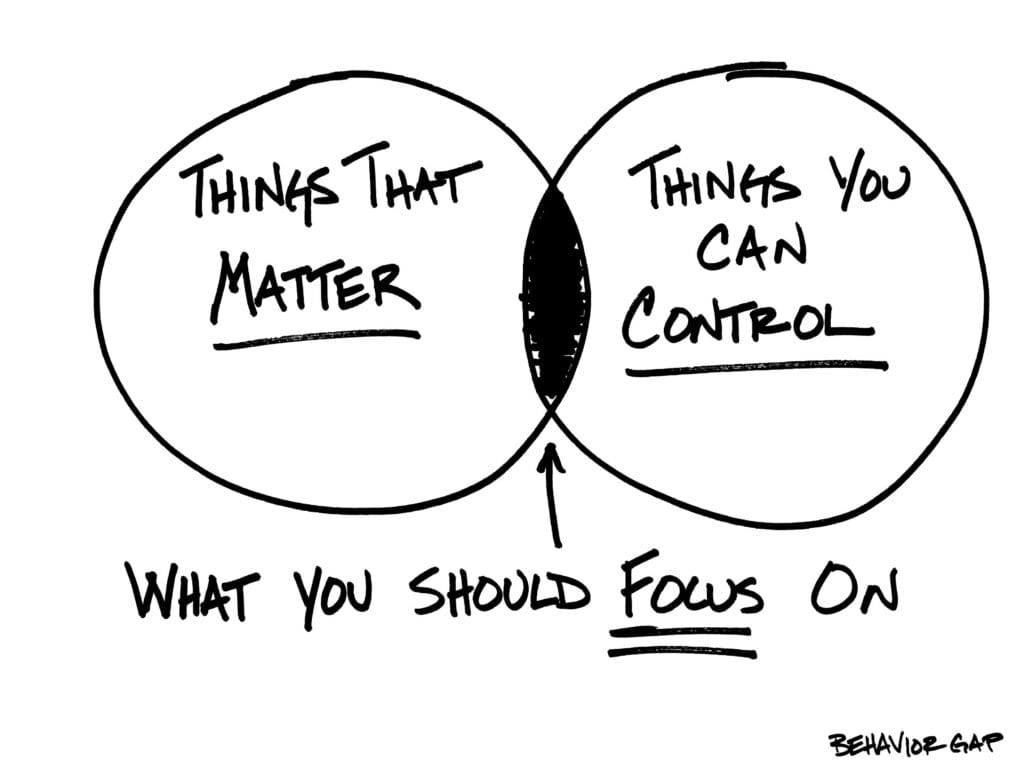Freelance client management is something you have to do when you’re self-employed and your own boss. Most clients will be cooperative and a pleasure to work with.
Every once in a while, however, you’ll come across the client from hell who’ll refuse accepting work (even if you’ve done an outstanding job).
What are your options when you’re faced with someone who’s always dissatisfied and who doesn’t want to pay for the good job you’ve already done?
The situation can be approached in a couple of ways. The manner in which each scenario is going to unfold will depend extensively on the client’s personality and the motivation behind their project refusal.
Review Your Contract and Its Stipulations on Freelance Client Management
We’ve mentioned the importance of having a freelance contract in place several times already.
The contract is the one thing that will protect you in challenging situations like this one.
Before doing anything else, review the contract and everything it has to say about deliverables and revisions. These guidelines will give you more clarity on how reasonable client demands are and whether you have the right to refuse doing more work for free.
Do understand that pursuing legal action against a client can be difficult. This is especially true in an international situation.
Still, you can sue and it’s possible to get compensated. For example, a freelancer from a European country can sue a client in the US who doesn’t want to pay (and vice versa). You will need to hire an attorney and you’ll have to deal with all of the costs linked to filing a claim against a client.
So, the best-case scenario would be to discuss the issue with the client and find a mutually-beneficial solution. Going to court can work but you’ll need to handle additional expenses and there’s going to be a lengthy waiting period before you eventually get compensated for the work that you’ve done.
Keep All Relevant Communication
To reason with a client who is being unnecessarily difficult, you need to have enough evidence of the things that you’ve agreed on.
All of your business communication should be recorded and archived.
Maintain emails and get the client to submit a new email for every request they make. If you use a project management platform, keep a log of all the messages exchanged with the client. In the event of doing video calls, have all of those recorded.
Many clients will forget about things they’ve agreed to. The communication will be a reminder of the collaboration’s scope. Giving them such details will often be enough to reason with a client and complete the project successfully.
Find Out Why the Client’s Unhappy

Difficult conversations are an important part of freelance client management.
Before getting angry and fired up, try putting yourself in the client’s shoes.
Ask for the reasons why they’re rejecting the work you’ve done. Do they have wrong expectations? Did they change their mind about the specifics of the deliverable? Or is there some small issue that could be fixed easily?
If a client is unhappy because of something minor, you can do a quick and easy tweak.
Having clients asking for more extensive edits will be more challenging. Your agreement should have a clause on the number of free revisions and their extensiveness. Asking for more work than that would mean the client will need to pay an additional fee.
Very often clients aren’t willing to do that. Some believe they’re entitled to free edits until they’re completely satisfied with the outcome. It’s your job as a freelancer to set the boundaries in advance and give the client a realistic idea about what’s permissible within the current work dynamics you have in place.
Explain Your Reasoning
At this point, you’re probably raging and fuming (rightfully so). Clients who are being difficult and stubborn will drain you emotionally and make you incapable of concentrating on anything else.
As difficult as this may seem, you need to maintain your calmness. Take a deep breath. Understand it’s not personal. If you have to, walk away from a challenging conversation until you have managed to collect yourself enough.
If you feel calmer expressing yourself in writing, create a long email for the client. Explain your point of view, the chronology of the project, and the things you’ve agreed on. Don’t argue or get passive-aggressive. Such an approach (although somewhat emotionally gratifying) isn’t going to result in anything productive.
Give your client options at the end. Let them know you’d be willing to consider additional edits if you get compensated for the time you’ll have to spend on the project. Give them the chance to accept the work as it is, especially if it meets all pre-agreed-upon terms and conditions.
Let the client know that the final decision is theirs. At the same time, maintain your authority as the professional who has the know-how in the field. Give them your professional point of view and walk away.
Know When to Cut Your Losses
As a part of freelance client management, you’ll sometimes have to make difficult decisions.
Firing a client and cutting your losses will often be the best approach. It will help you breathe and concentrate your energy on the projects that are helping you make a living right now.
Becoming more experienced will help you identify difficult clients right off the bat. Equipped with such knowledge and intuition, you’ll know when to turn down an offer that has the potential to become a nightmare in the future.
It’s also a good idea to hire a client and accept the losses you incurred instead of doing a ton of additional work without ever getting paid for it.
Defeat can occur even if you have an ironclad contract in place. There will be people who’ll always change their demands and who will continue refusing to pay even if you threaten legal action.
Discontinuing collaborations with such clients is the only thing that makes sense. Yes, you’ll feel disappointed by the misjustice. Such situations, however, provide valuable learning opportunities that you can apply to your career for better experiences in the long run.
To Prevent Problems in the Future, Ask for a Deposit Before Starting Work
There are things you can do to scare away potential clients who are hostile or absolutely ridiculous in their demands.
Some people believe that freelancers are their personal servants who’ll always be available to take on more tasks for free. These people can often be turned away from a business interaction before it has even begun.
The easiest way to keep yourself from getting involved in a sticky situation is to ask for an advance payment.
Clients who are stingy or who want a dozen things done for the price of one will most of the time be unwilling to spend anything upfront. The client who is ready to give you the advance payment is someone who understands work dynamics and the ethics of a collaboration with a freelance professional.
Also, make it your job to put a ton of emphasis on how many free revisions you do and what the scope of changes is going to be. If you go over those points multiple times before starting the project, the client will have no reason to make outrageous demands after the work is done.
The Importance of Setting Clear Expectations and Hand-Picking Your Clients

At the beginning of your freelance career, you’ll feel tempted to say yes to all projects.
While such an approach will help you build a portfolio quickly, it will eventually become problematic.
Work on a good pre-project communication process and set clear expectations. You and the client should be on the same page as far as the scope of the work done is concerned. Everything you’ve agreed on needs to be detailed in the contract that will be signed before the commencement of the partnership.
Also, don’t be afraid of turning down clients who appear too arrogant, picky, or unappreciative of the work you’re capable of doing.
There will always be clients who look down upon freelancers and become unreasonable as the interaction progresses. With experience, you’ll become much better at spotting those clients and refusing any interaction with them.
Learning to say no is an important part of your career. It can save you both time and money in the long run. Focus on the positive clients and the ones you know well.
Trust your intuition when onboarding new customers. If there’s anything you’re worried about before the start of the project, you should probably address the concern. Thinking that the issue will resolve itself automatically can only lead to serious problems and headaches.








